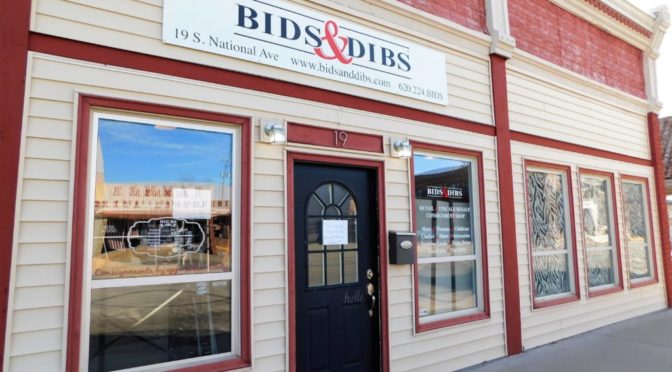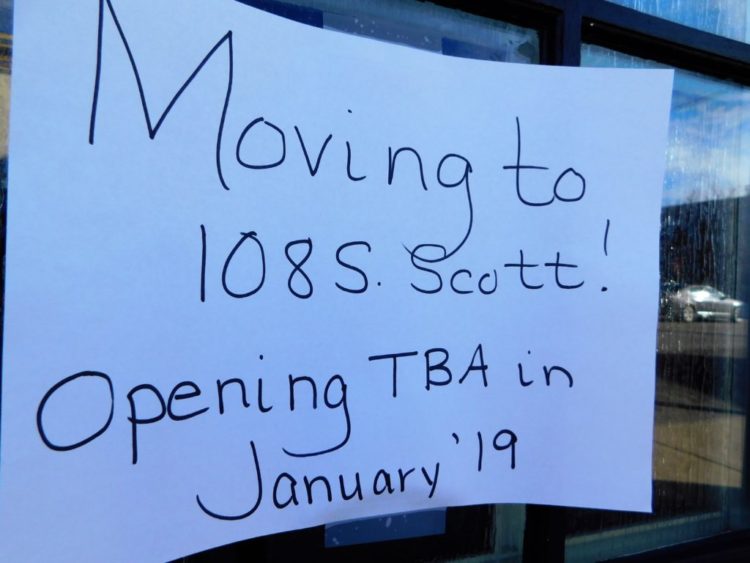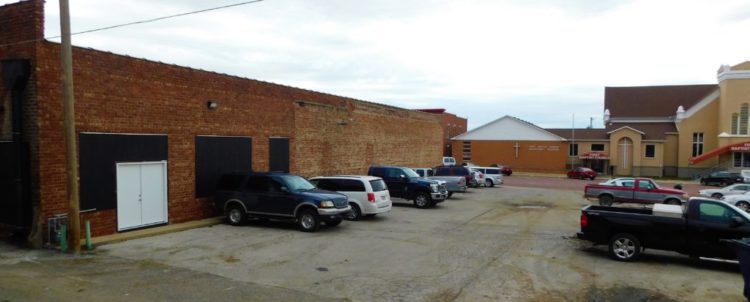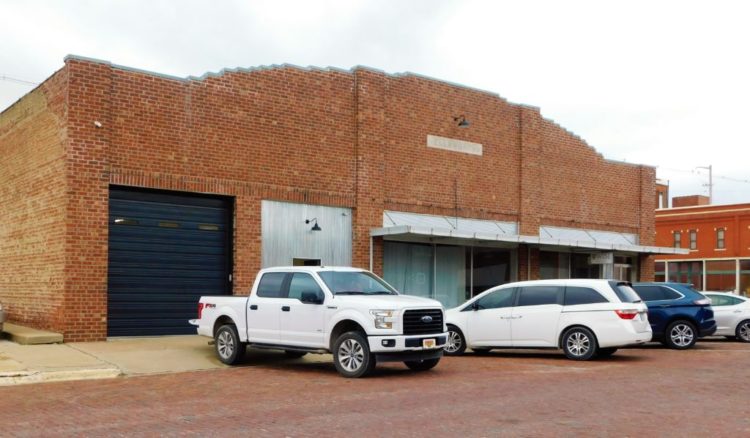Fort Scott Community College staff came back from Christmas break on January 3, teacher in-service is today, January 9, with classes resuming on January 14.
Several new staff have been added this semester, with final approval to be given at the FSCC Board of Trustees meeting on January 28, said Juley McDaniel, director of human resources.
Kirk Sharp has been hired as the new Gordon Parks Museum Director, Jentry Page as the High School Equivalency Instructional Coordinator, Cody Crim as the assistant rodeo coach who will double as a Resident Assistant at the Greyhound Lodge at 701 N. National Avenue, Jared Kaylon as a maintenance technician, Jamal Robinson as the athletic trainer, Vanessa Matlock as the assistant women’s basketball coach and Resident Assistant, and Jay Wilson and Scott Mitchell as assistant football coaches.
There are still positions open, McDaniel said and noted two: a web developer and a cashier.
To view all positions go tohttp://fortscott.edu/jobs
In addition to new staff and students arriving this semester, there is a vacancy on the FSCC Board of Trustees.
Trustee Tina Rockhold, who was the communications director at Mercy Hospital before it closed Dec. 31, has moved and the board will be following their policy for replacing her, McDaniel said.
“They will pass a resolution at their January (28) meeting which will allow us to post the vacancy and provide direction to those interested in filling the position, ” McDaniel said.












